In Photos: 'Little Foot' Human Ancestor Walked With Lucy
A human relative with diminutive bones dubbed Little Foot lived at the same time as "Lucy," another human relative, Australopithecus afarensis, researchers have found. Both individuals belonged to the genus Australopithecus. The discovery suggests significant diversity of humanity's ancestors across of Africa. Here's a look at Little Foot and its relatives. [Read the full story on Little Foot]
Little Foot
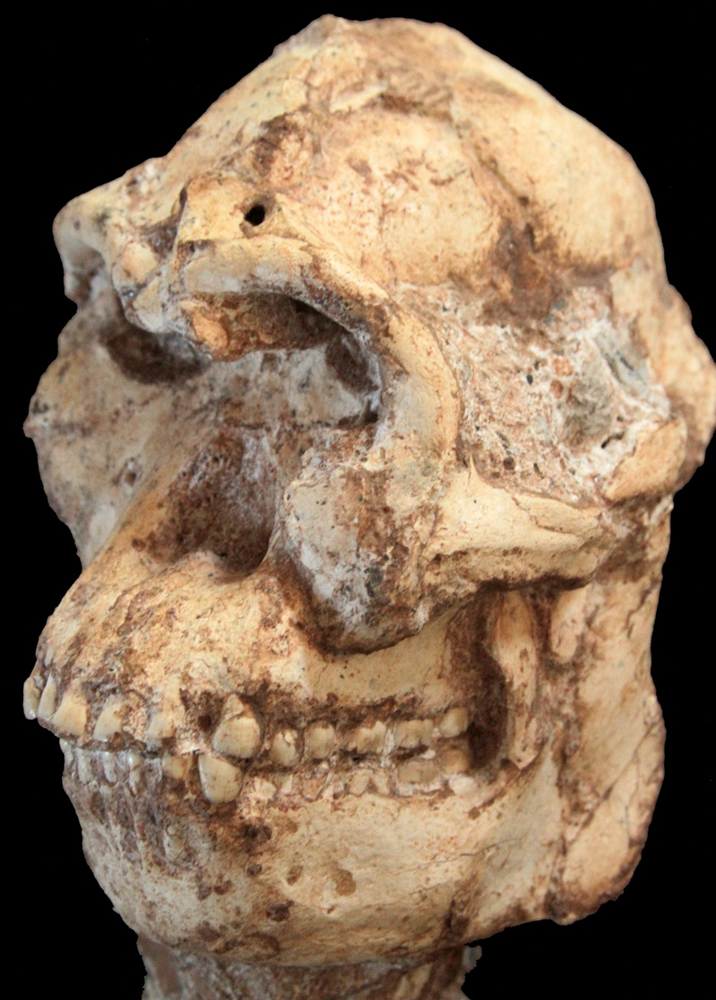
Here, the skull of Australopithecus prometheus (Little Foot), a species that Darryl Granger of Purdue University in Indiana and colleagues has now dated to about 3.7 million years ago. Rather than dating the bones directly, the researchers analyzed the levels of isotopes of aluminum and beryllium in the quartz surrounding the skeleton. These isotopes, or variants of an element with different numbers of neutrons, can act as clocks because they form through the bombardment of cosmic rays. (Credit: Jason Heaton.)
A doomed site
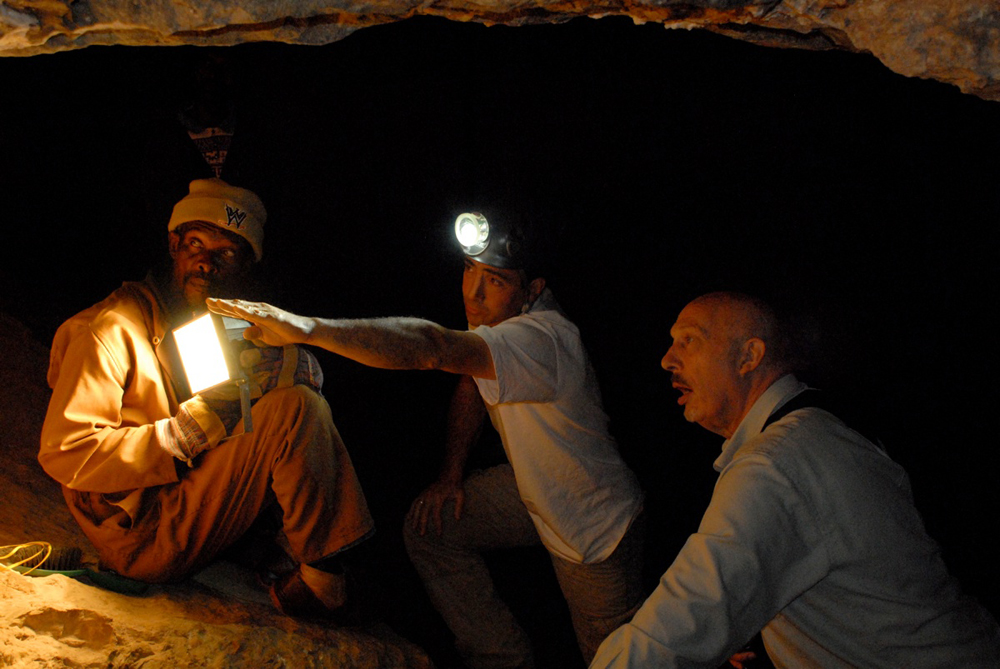
Stephen Motsumi, Laurent Bruxelles and Ron Clarke in the Silberberg Grotto at Sterkfontein. About 20 years ago, Clarke, a paleoanthropologist from the University of the Witwatersrand in South Africa, discovered the skeleton of Little Foot in the South African cave. Apparently, this individual fell down a narrow shaft in the Sterkfontein Caves, leaving behind a nearly complete skeleton. (Credit: Francis Duranthon.)
Discoverer and discovery
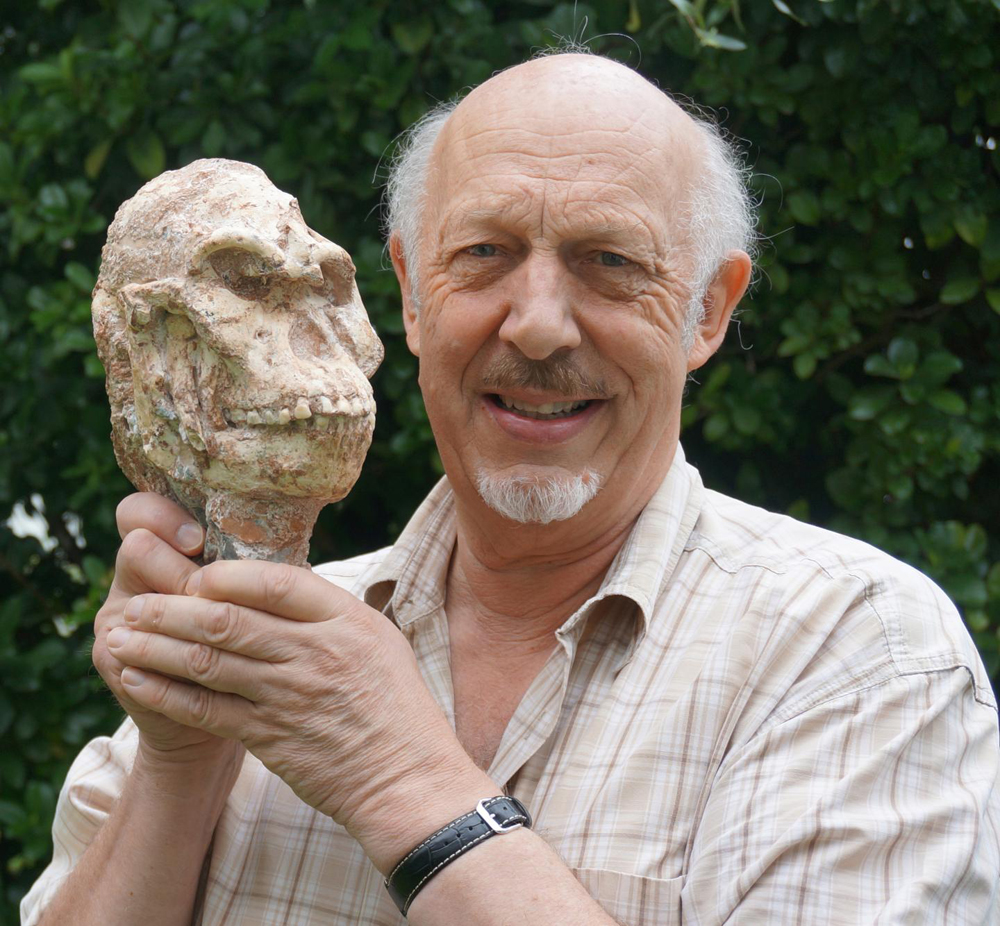
Clarke holds the skull of Little Foot. Clarke discovered the first bones, four foot bones, of Little Foot, in 1994. Then in July 1997, he and Stephen Motsumi and Nkwane Molefe, located the position of the end of the skeleton's shin bone in the Sterkfontein caves. (Credit: Wits University.)
Sign up for the Live Science daily newsletter now
Get the world’s most fascinating discoveries delivered straight to your inbox.
The original location
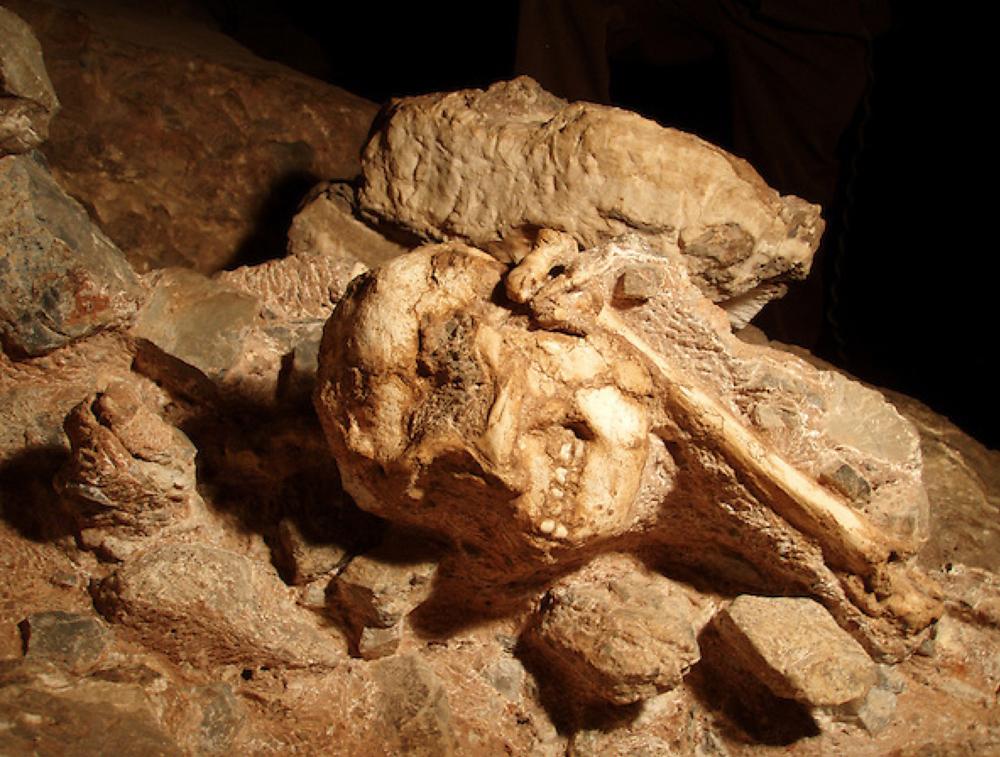
The Little Foot skull in the cave where it was discovered. (Credit: Purdue University.)
Younger than expected
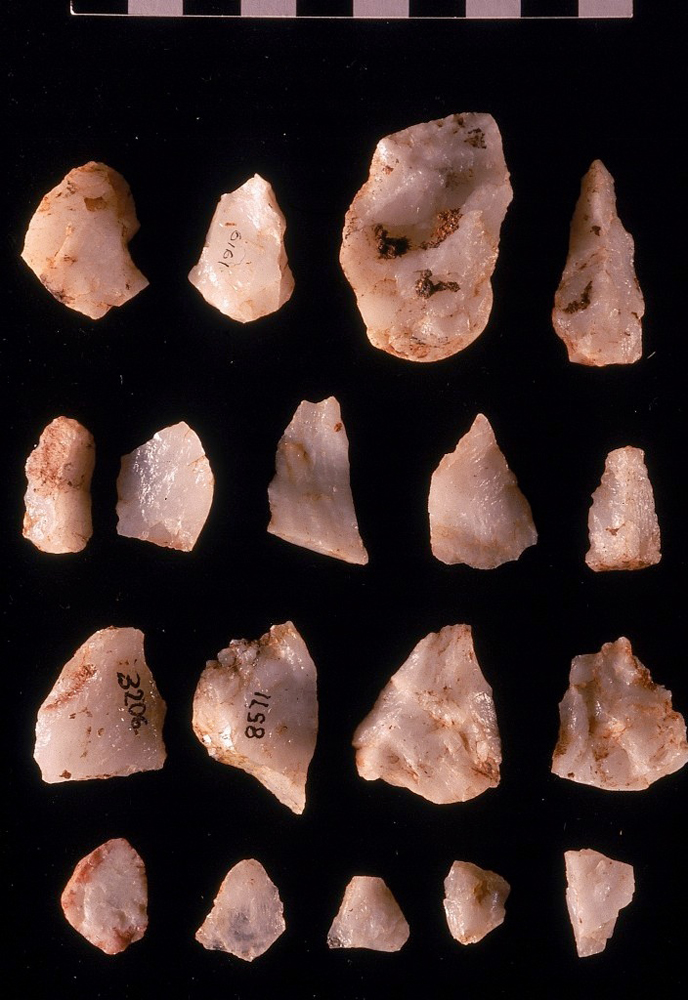
The new age of the skeleton, which suggests the remains were buried more recently than thought, also sheds light on the age of early stone tools also found in the cave. Such artifacts, from the Oldowan infill at Sterkfontein, are now thought to be from about 2.2 million years ago, the researchers said. (Credit: Kathleen Kuman.)
Mrs. Ples
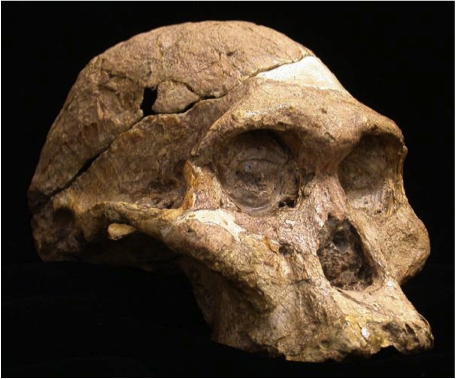
Scientists weren't sure what species Little Foot belonged to. Some thought the skeleton belonged to an Australopithecus africanus, a species with a rounder skull, larger brain and smaller teeth than Lucy and other members of Australopithecus afarensis. Clarke and others suspected Little Foot was actually Australopithecus prometheus, a species with a longer, flatter face and larger cheek teeth than Au. africanus. (Credit: Darryl de Ruiter.)
Lucy
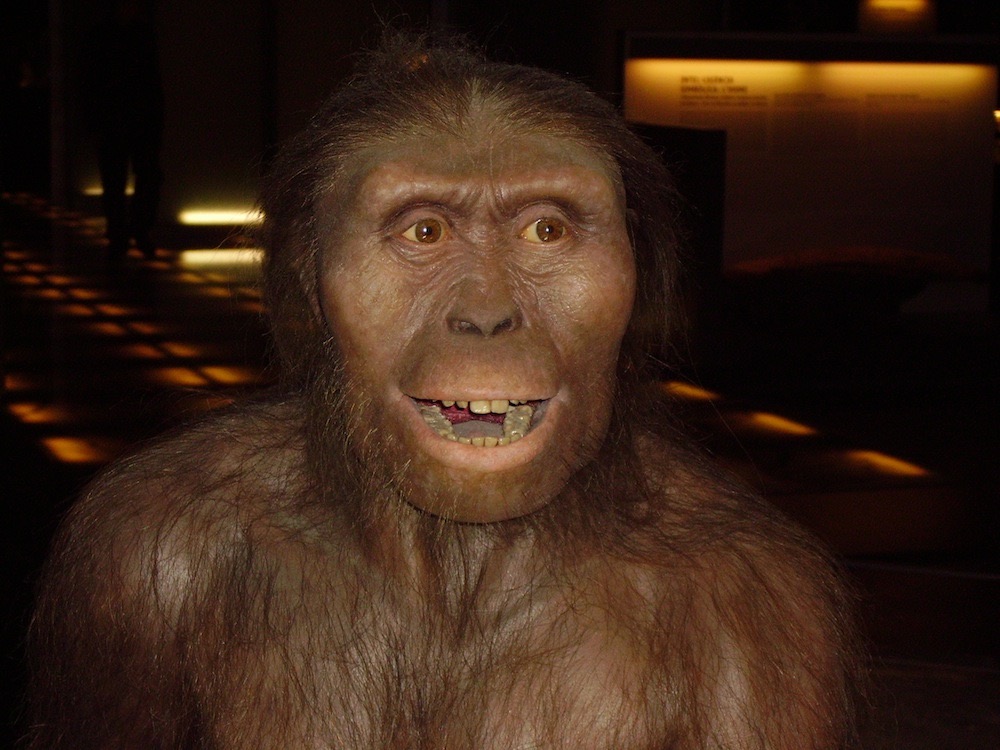
The new findings suggest Little Foot roamed the Earth at around the same time as the famed 3.2-million-year-old Lucy, an Australopithecus afarensis. When discovered in Hadar, Ethiopia, Lucy was the only skeleton of the species known; she would've stood 3.5 feet (about a meter) tall. Currently, more than 300 individuals of this species, which lived between about 3.85 million and 2.95 million years ago, have been uncovered, according to the Smithsonian Institution. (Credit: Wikimedia commons user 1997)
Selam
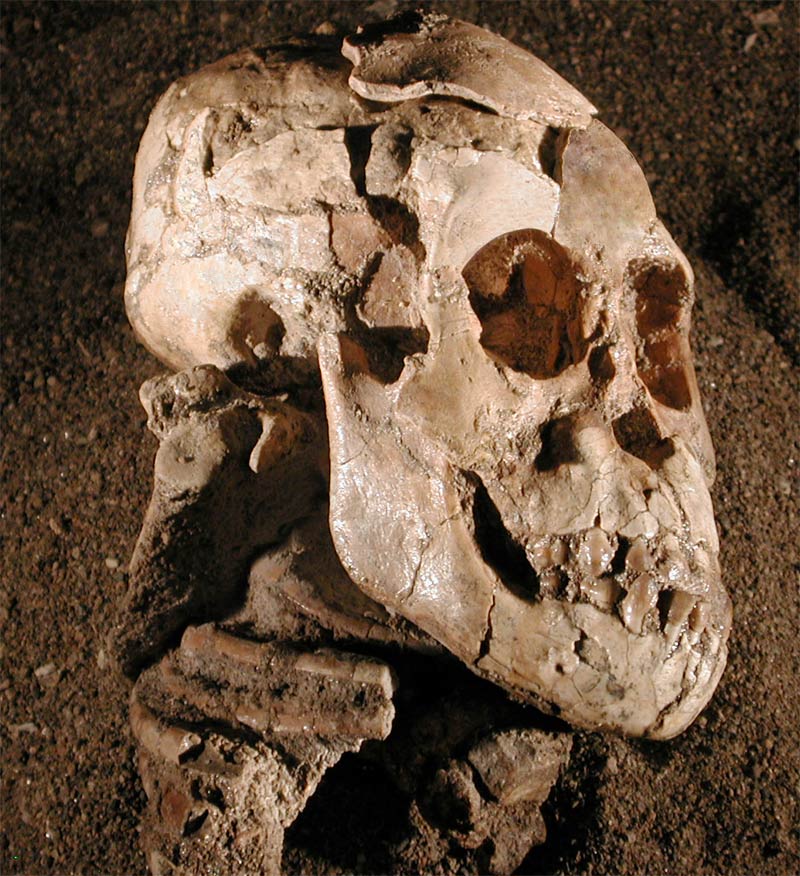
Australopithecus afarensis is one of the earliest known human relatives known to walk upright. Here, the skull from an exceptionally well-preserved skeleton of a 3-year-old Au. afarensis girl, dubbed Selam, dating back 3.3 million years from Dikika, Ethiopia. (Credit: Image courtesy of Zeray Alemseged/Dikika Research Project.)
The link
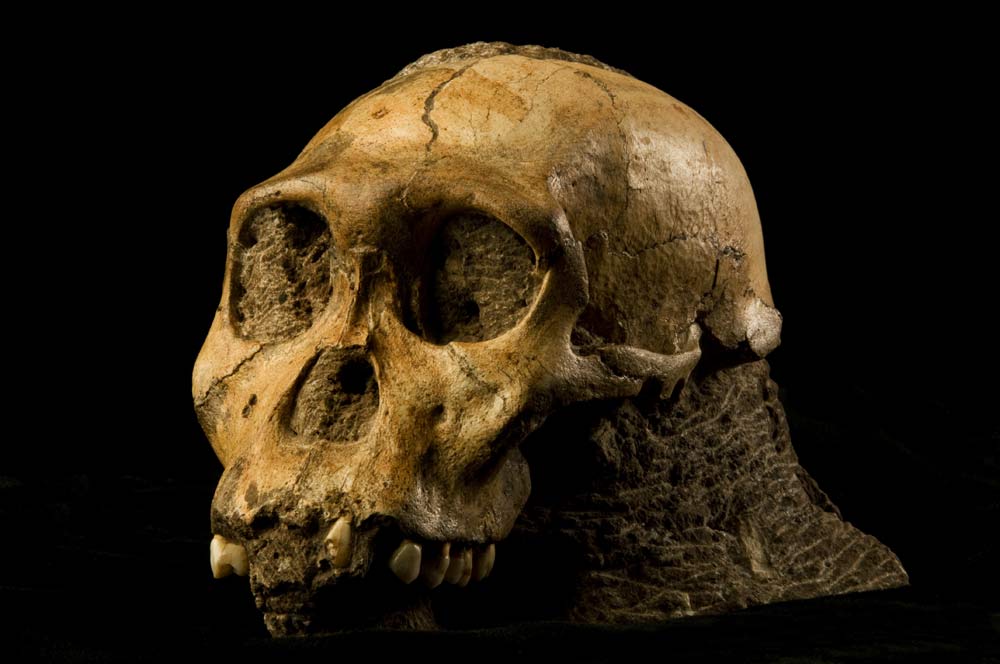
Australopithecines are thought to be the best candidates for direct ancestors to humans, of the genus Homo. The 9-year-old son of a scientist discovered the remains of a male juvenile and a female (in her 20s or 30s) of the extinct human Australopithecus sediba in a cave in South Africa in 2008. Its mix of modern human and more primitive traits make this species a good candidate for the direct ancestor of humanity, scientists have said. Au. sediba was dated to nearly 2 million years ago. (Credit: Brett Eloff. Picture courtesy of Lee Berger and the University of Witwatersrand.)
Follow Live Science @livescience, Facebook & Google+.
Jeanna Bryner is managing editor of Scientific American. Previously she was editor in chief of Live Science and, prior to that, an editor at Scholastic's Science World magazine. Bryner has an English degree from Salisbury University, a master's degree in biogeochemistry and environmental sciences from the University of Maryland and a graduate science journalism degree from New York University. She has worked as a biologist in Florida, where she monitored wetlands and did field surveys for endangered species, including the gorgeous Florida Scrub Jay. She also received an ocean sciences journalism fellowship from the Woods Hole Oceanographic Institution. She is a firm believer that science is for everyone and that just about everything can be viewed through the lens of science.










